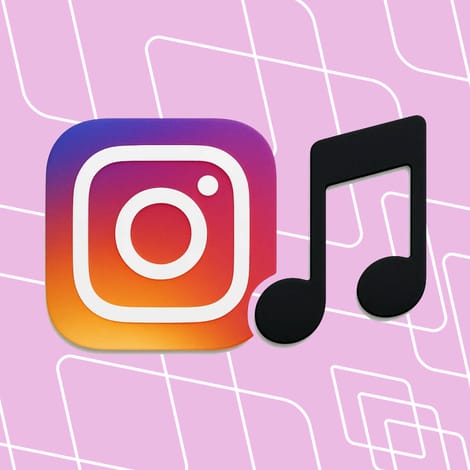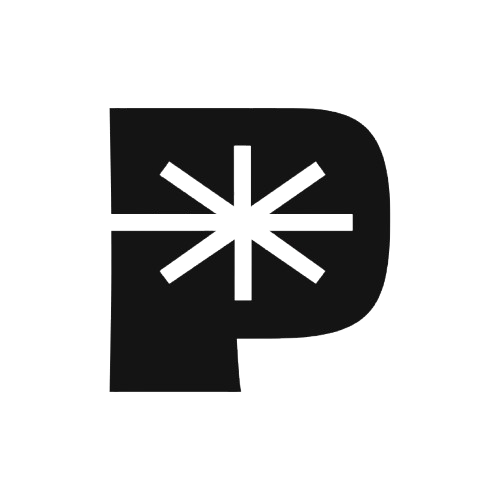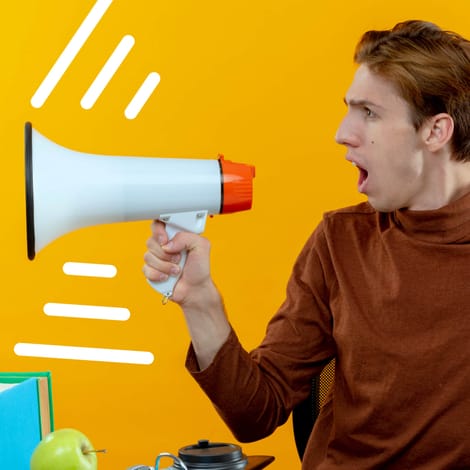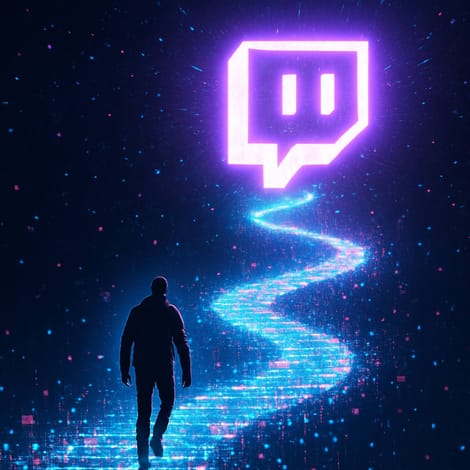How to Choose the Perfect Music for Your Instagram Ads That Converts
Your visuals grab attention but sound seals the sale. Discover how the right track turns Instagram ads into emotional, high-converting stories.
Table of contents
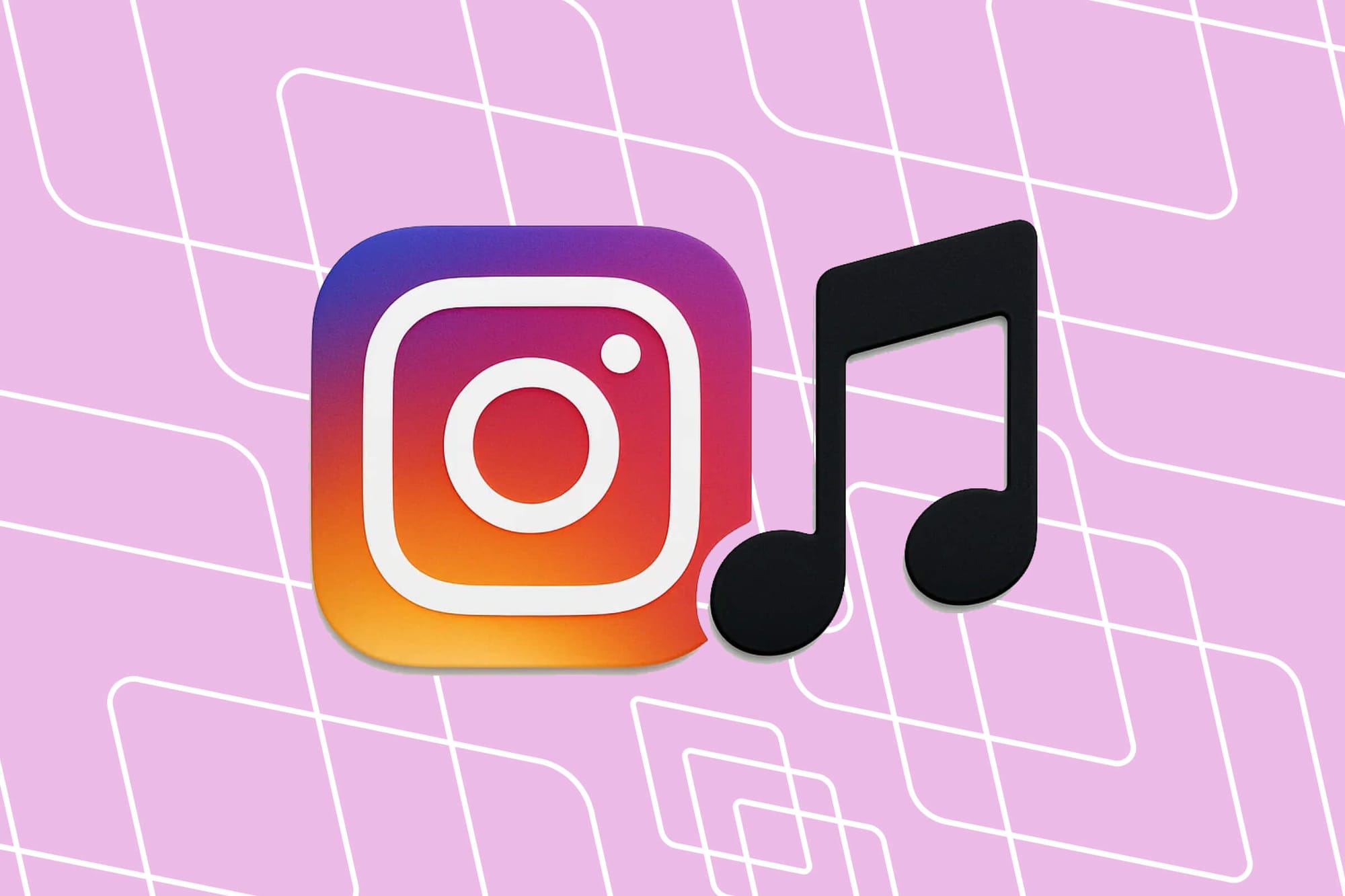
If your Instagram ad doesn’t sound right, it doesn’t sell.
You can have the most beautiful visuals, the best copy, and a killer product but if your background music misses the mark, your audience scrolls right past.
Music isn’t just background noise. It’s psychology. It’s the invisible script that tells people how to feel about your brand and, more importantly, when to take action.
In 2025, the difference between a good Instagram ad and a converting one often comes down to sound design and song selection.
And yet, most advertisers still treat it like an afterthought.
Let’s fix that.
In this guide, we’ll break down how to choose the perfect music for your Instagram ads, the kind that not only fits your brand but drives conversions. You’ll learn the psychology behind sound, how tempo and tone affect buying decisions, and where to find high-quality, royalty-free tracks that won’t get your ad muted or demonetized.
Why Sound Is Your Ad’s Secret Sales Weapon
There’s a reason the world’s biggest brands spend millions on sonic branding. From McDonald’s “ba-da-ba-ba-ba” to Intel’s iconic chime, sound builds memory faster than visuals ever could.
But on platforms like Instagram where attention is currency, music becomes even more powerful.
Your Brain Responds to Music Before It Processes Words
Neuroscience backs this up: humans react emotionally to sound in 0.146 seconds, faster than they can process text or even imagery. That means your background track sets the emotional tone before your first line of copy ever appears.
Good music primes the brain for persuasion. Bad music confuses it.
When your audio and visuals align, viewers’ brains experience something psychologists call cognitive fluency the sense that “this just feels right.” That moment of ease increases positive association, brand recall, and the likelihood of conversion.
So yes, the perfect track can literally make people want to buy.
How to Choose Music That Converts (Not Just Sounds Good)
Choosing ad music isn’t about what you like, it's about what your audience feels.
Here’s how the best-performing Instagram ads in 2025 are using sound strategically.

1. Match the Energy to the Funnel Stage
Every ad has a goal. Awareness? Engagement? Conversion? Your soundtrack should reflect that purpose.
Here’s a breakdown of what works where:
Think of music like pacing in storytelling. The energy should rise as the viewer moves closer to the call-to-action.
For example:
- A lifestyle apparel brand might open with soft acoustic tones during an emotional brand story, then shift to a punchier, rhythmic beat for the “Shop Now” segment.
- A SaaS company could use a calm, minimalist ambient loop while explaining features, then end with a rising synth track during their free trial CTA.
Music should mirror intent, not mood for mood’s sake.
2. Let Tempo Guide Behavior
Here’s a secret: tempo changes behavior.
Studies in advertising psychology show that songs with tempos between 100–130 BPM generate higher engagement and perceived excitement, while slower tracks (below 80 BPM) evoke reflection and trust.
So:
- Want to inspire urgency? Pick faster, percussive tracks.
- Want to build credibility? Go with slower, cinematic instrumentals.
Your call-to-action timing also matters. Drop your hook or CTA right after a musical rise when energy peaks. The human brain releases dopamine during musical climaxes, which boosts emotional response and memory retention.
In other words: drop your “Buy Now” when the beat drops.
3. Match Your Brand Personality, Not Just Your Product
This is where most advertisers get it wrong.
They choose songs that match the product (like soft piano for skincare or heavy bass for fitness) but forget to consider the brand personality.
Example:
- Nike doesn’t just use “sporty” music; it uses cinematic motivation.
- Apple doesn’t just use “techy” music; it uses modern minimalism.
- Glossier doesn’t just use “beauty” music; it uses intimate, nostalgic pop.
Music should sound like your brand feels. Ask yourself:
- If my brand were a song, what would it sound like?
- Would it be confident or calming? Trendy or timeless?
- What emotion do I want people to leave with after hearing it?
That emotional fingerprint is your sonic identity.
Platforms like ProTunes One make this easy; you can search for tracks by mood (“confident,” “hopeful,” “luxurious,” “playful”) or even by the type of visual you’re creating. It’s not about random playlists anymore, it's precision emotional engineering.
4. Avoid Lyrics (Most of the Time)
It’s tempting to use catchy songs with vocals that grab attention fast.
But in most ad formats, lyrics compete with your message. Viewers can’t process spoken words and sung words simultaneously without cognitive strain.
Unless your ad is purely visual or the lyrics reinforce your brand message, go instrumental.
Instrumental music is your emotional narrator; it tells people how to feel without telling them what to think.
5. Use Music to Control Pacing and Transitions
Think of your ad as a 15-second movie. Every second matters and music gives it rhythm.
Here’s how to use it effectively:
- Intro (0–3s): Start with an instantly recognizable hook or beat.
- Middle (3–10s): Use a steady groove or emotional build-up to match your message.
- Outro (10–15s): Drop the beat or resolve to silence right as your CTA appears.
That dynamic keeps viewers subconsciously engaged. Silence, when used intentionally, can be just as powerful as sound it signals importance.
6. Use Key Signatures to Influence Emotion
This is where sound design meets psychology.
- Major keys (C, G, D) feel bright, energetic, and confident.
- Minor keys (A minor, E minor) feel introspective, emotional, or sophisticated.
- Mixolydian or Dorian modes (common in modern indie/lo-fi tracks) feel chill, relatable, and trendy.
Your key choice can shift an ad from “luxury” to “lively” without changing a single visual frame.
ProTunes One even tags its library by mood and musical scale, so you can filter your search based on the emotional tone you’re aiming for whether it’s hopeful, melancholic, or high-energy.
7. Always Optimize for Mobile Audio
Over 95% of Instagram users watch ads on mobile. That means:
- Audio is compressed.
- Speakers are tiny.
- Dynamic range matters more than fidelity.
Choose tracks with a strong midrange presence (that’s where most phone speakers shine) and limited deep bass or extreme highs.
You don’t need cinematic surround sound, you need clarity in a 3-inch soundstage.
When previewing music, listen through your phone, not your laptop. If it still sounds clean, balanced, and emotional you’ve found your winner.
8. Test Emotion, Not Just Click-Through Rates
The most successful Instagram advertisers in 2025 are testing emotional reactions, not just performance metrics.
Why? Because music drives feeling, and feeling drives behavior.
Try this process:
- A/B test ads with different tracks but identical visuals.
- Run micro-tests (24–48 hours) to small audience segments.
- Track watch time, reaction rate (likes/comments), and save emotional engagement metrics that predict future conversions.
You’ll notice something interesting: The ad with slightly lower CTR but higher engagement time often outperforms long-term. That’s because people remember how it made them feel and come back later to act.
Music builds emotional residue.
9. Stay Legal: Avoid Copyright Nightmares
Instagram’s algorithm is ruthless about copyrighted music. Even a few seconds of a commercial track can get your ad muted, blocked, or flagged.
Always use royalty-free music or tracks with clear commercial licenses.
Platforms like ProTunes One give you unlimited commercial rights across social media, ads, and paid placements. That means you can use your chosen track across campaigns, edits, or even different product lines: no takedowns, no copyright strikes, no gray areas.
Free “no copyright” songs from YouTube might sound convenient, but they’re often not truly license-free. You’re still vulnerable to content ID claims.
Invest in proper licensing. It’s cheaper than losing your ad reach overnight.
The Psychology of Music That Converts
Now that you know how to pick music technically, let’s talk about why it works emotionally.
Music isn’t just art; it’s neurological manipulation in the best way.
Here’s what sound does inside your customer’s brain.
The Emotion Timeline (Second by Second)
0–3 Seconds: Sound triggers attention and mood recognition. The right intro sound can create a “micro-hook,” increasing your chance of stopping a scroll by up to 60%.
3–7 Seconds: Music synchronizes with imagery, establishing trust and story rhythm. This phase determines if users stay.
8–12 Seconds: Emotion peaks. The listener’s brain releases dopamine as the melody resolves or intensifies. This is your prime CTA window.
12–15 Seconds: Sonic resolution creates closure, increasing memory encoding your ad “sticks.”
When sound and message align perfectly in that sequence, your viewer’s brain links your brand with the emotion of the music itself, a process known as emotional anchoring.
That’s why they don’t just remember your ad. They feel it again every time they hear that type of music.
Where to Find the Perfect Music (Without Losing Your Mind)
You could spend hours digging through royalty-free sites, hoping to stumble across the right vibe. But most libraries are either too generic or too complicated with licensing tiers.
That’s where ProTunes One changes the game.
With its AI-powered search, you can literally describe your ad in plain English “energetic music for a fashion brand reel” or “cinematic motivational track for tech product demo” and get tailor-matched results instantly.
Every track is:
- 100% royalty-free with full commercial rights
- Optimized for social ad formats (short, punchy intros, clean fades)
- Available in multiple stems and underscore versions for easy editing
You can even upload your ad video, and ProTunes One’s AI will analyze your visuals and pacing to suggest music that fits rhythmically and emotionally.
It’s like having a professional sound designer built into your browser.
The Sound of Conversion: Building a Sonic Strategy
Music should never be an afterthought. It should be part of your ad strategy from the beginning.
Here’s how to build your own Sonic Conversion Framework:
- Define your goal: awareness, engagement, or conversion.
- Choose your emotional target: excitement, trust, nostalgia, curiosity.
- Select your tempo and tone: match BPM and key to your message.
- Pick the right track on ProTunes One: search by vibe, genre, or emotion.
- Test and refine: A/B test reactions, not just clicks.
Once you lock in your sonic identity, you can reuse it across all your touchpoints Reels, stories, ads, and website banners creating a consistent emotional signature that builds brand memory over time.
Final Thoughts: When Sound Sells
In 2025, visual content gets attention. But sound gets action.
It’s what separates ads that people watch from ads that people remember.
The next time you’re planning your Instagram campaign, don’t just ask, “What should this look like?” Ask, “What should this feel like?”
Because that’s what your audience buys, not your product, but the emotion it triggers.
And when you’re ready to create that emotional edge, make sure your soundtrack is as strategic as your visuals.
That’s where ProTunes One comes in. Our AI-powered royalty-free music platform helps you find, license, and integrate the perfect sound for every ad fast, legally, and emotionally on point.
🎧 Sound sells. Choose smarter. Start exploring the perfect soundtrack for your next ad at ProTunesOne

